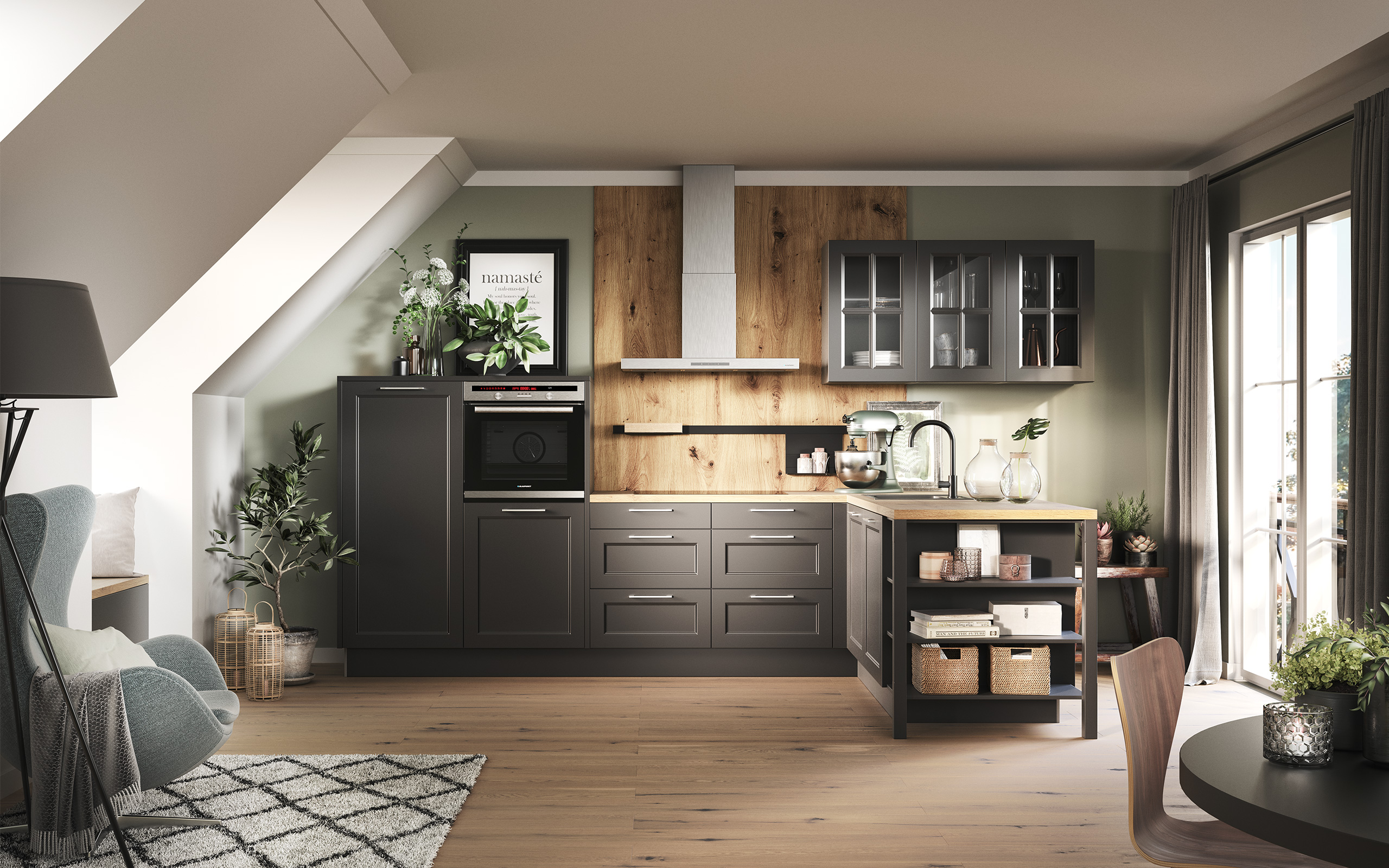Kitchen remodeling planner to redesign your space

Kitchen planning is more than just a scheme of arrangement of furniture and appliances. It’s a big part of the household’s life, so it needs to be developed responsibly. Our guide to layouts, as well as a selection of examples will help you make the right decisions and think through the kitchen plan as efficiently as possible. In this article, we’ll talk in detail about kitchen remodeling planner to redesign your space.
Kitchen planning rules
Before you begin creating your future kitchen plan, you should familiarize yourself with basic ergonomics and safety rules, furniture size standards and proven design tricks.
- The main rule to rely on when planning a kitchen is the rule of the so-called working triangle. According to it, the sink, stove and refrigerator should not be arranged linearly, but in a triangular pattern. It is important that the working points are next to each other – at a distance of no more than 180 cm. In this way, the kitchen scenario will be the most coordinated: first you get the food out of the refrigerator, then you take it to the sink to wash it, then the ingredients are cut/mixed and finally sent to the stove.
- The next point on the plan is the stove. It should be 40-180 cm away from the sink and, of course, close to the vent and the gas line, if there is one. In the gap between the sink and the stove, you can fit the main work surface where you will cut and mix food.
- The minimum width of passageways in the kitchen should be about 120 cm. In such a “pedestrian zone”, the household will be able to move without interfering with the cook to cook, get food from the cabinets and refrigerator, and load the dishwasher.
- It is more convenient to place the refrigerator closer to the sink than to the stove. It can also be built into the unit next to the oven and microwave. In an acute shortage of space, the refrigerator can simply be moved outside the kitchen, say, in the living room or hallway.
- When planning the kitchen, remember that protrusions can almost always be “bypassed” shallow cabinets, and niches adapt for storing things.
- To get a clearer idea of whether the layout you’ve developed will work for your kitchen, chalk up the floor and walls of furniture and appliances in full size. This way you can see mistakes in the plan, resolve doubts or come up with new ideas.
- The kitchen layout must take into account the size of the dining area, or rather the rules of ergonomics.
- Keep in mind that you can gain additional space when planning a small kitchen by reducing the appliances.
